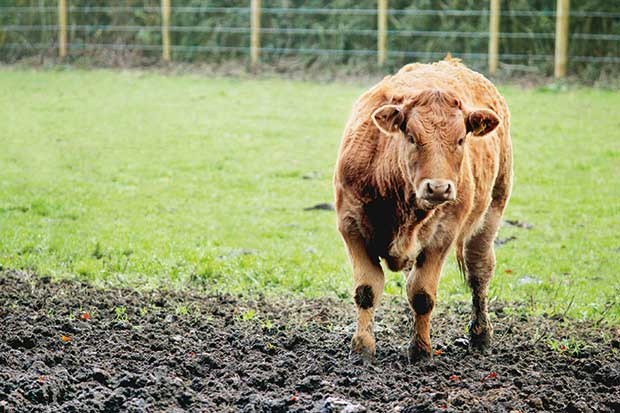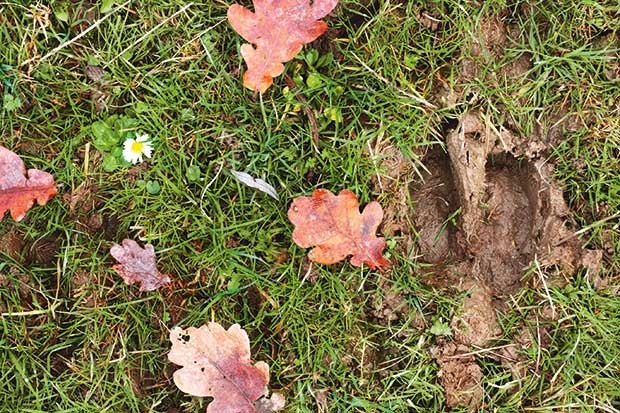What is pugging? How to avoid damaging your soil this winter

Soil needs an open structure. Pugging destroys it.
Words: Nadene Hall
Pugging is one of the most damaging things that can happen to soil. This is when wet soil and pasture is churned up and pushed down by heavy livestock.
Good grass plants and nitrogen-fixing clover can only grow in soil that has a healthy ‘crumb’ or structure that allows air to circulate. If that crumb becomes waterlogged and is then squashed, the structure is destroyed and no oxygen can circulate.
This causes:
• poor drainage – the soil will stay softer and wetter making it more susceptible to further pugging
• poor plant growth – a reduction in pasture yield
• greater fertiliser requirements
• more topsoil and contaminant runoff to waterways
Source: Waikato Regional Council
Studies have shown that soil treading and compaction from just one pugging event over winter halved pasture production over a period of seven weeks.
It can take years for the soil to come back to good health and be able to support pasture.

THE 3 BEST WAYS TO AVOID PUGGING
1. Avoid grazing wet areas in winter
Don’t graze areas of your block prone to waterlogging in winter. For some blocks this may mean not carrying heavy stock over winter at all.
This also means you need to carefully time when you sell larger livestock so you can get the best price and not be forced to discount.
2. Break-feed cattle using temporary electric fencing
You need to move cattle quickly over pasture, leaving enough leaf (5cm+) to allow the plant to quickly regrow. This type of break-feeding means every time you give cattle access to a new section of pasture, you also bring a fence in behind them to prevent them going back over previously-grazed areas.
This is hard work as it tends to mean moving fences once or twice a day, and having a mobile water trough to shift as well.
3. Build a standoff pad
These need to have good drainage, a 1m thick layer of (ideally) wood chips. They also need to be somewhere sheltered, but with good air flow.
Check with your regional and district council on what rules they have in place for a pad’s construction and use.
DairyNZ has an excellent guide to building a standoff pad. While it is aimed at large-scale farming, it is full of practical information and tips for (and from) farmers.
A standoff pad is not a place where you feed cattle (as this means a much higher level of manure is dropped on it). The ideal scenario is cattle graze for around 6-8 hours a day. They are then moved to the standoff pad where they will spend most of their time lying down, something they do for 8-10 hours of their day.
A standoff pad needs to be well-maintained and a comfortable place for cattle to lie down. It also needs to be well managed so stock are eating while off the pad and resting while on it, or animals can quickly start to lose condition.
Maintenance of a standoff pad is very important. The top layer (10-20cm) will need to be scraped off at least once over winter and additional wood chips laid over the top to keep the surface comfortable for cattle.
THE PRICE OF WINTER
The price of winter = the cost of spring
Even if you have a lot of good feed for this winter, it pays to have supplements to feed out as well.
The main aim during winter is to build up a ‘feed bank’ for spring. You want to leave pasture long enough (at least 5cm) so that there is enough leaf to support the roots so a plant can regrow.
Feed out what stock can clean up in about an hour to avoid them using hay or silage as a dry bed in a wet paddock.
It’s important to keep a close eye on body condition, which must be appropriate for stock approaching birth in few months’ time. It’s a good idea to learn how to condition score accurately.
MORE HERE:
Love this story? Subscribe now!
 This article first appeared in NZ Lifestyle Block Magazine.
This article first appeared in NZ Lifestyle Block Magazine.
